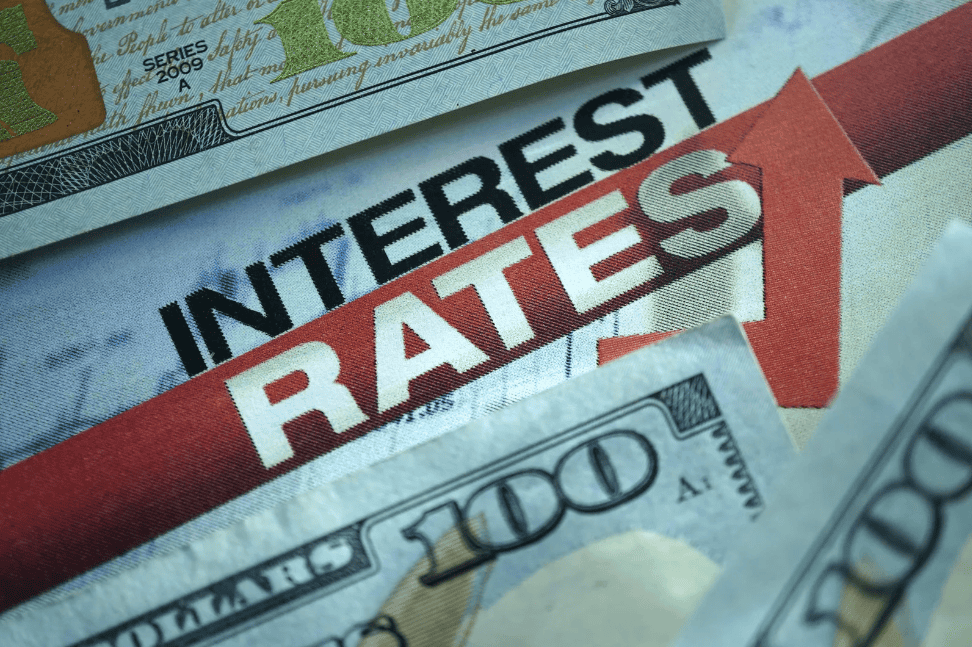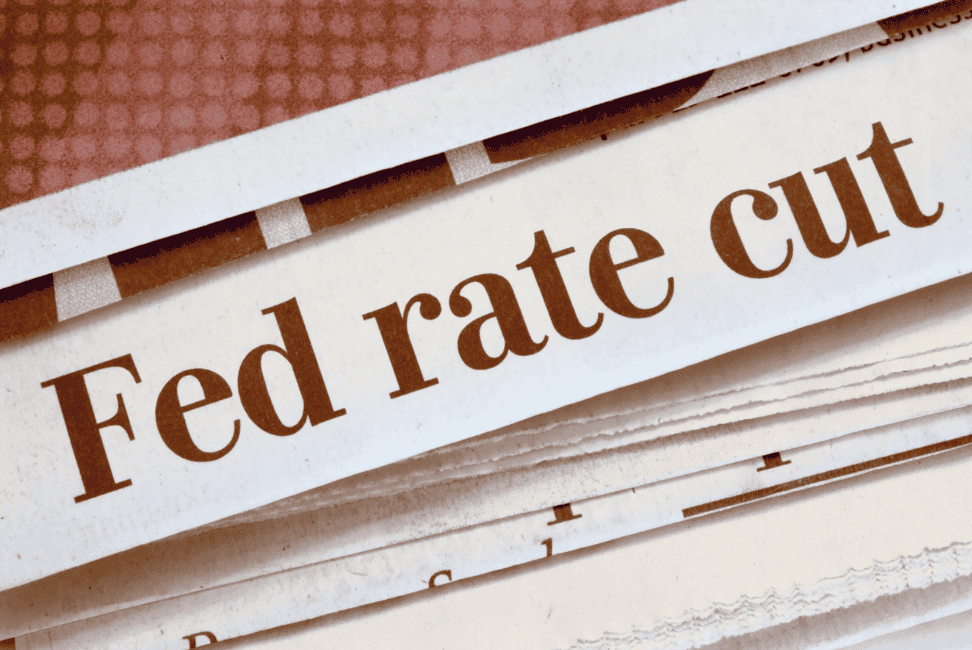Central bank actions play a critical role in shaping the value of currencies through their monetary policies and other actions.
The Forex market, also known as the foreign exchange market, is the largest financial market in the world, with trillions of dollars traded daily.
For Forex traders, understanding these actions is crucial for making informed trading decisions and managing risks effectively.
Understanding Central Bank Actions and Their Objectives
Central banks, such as the Federal Reserve (Fed) in the United States, the European Central Bank (ECB), and the Bank of Japan (BoJ), are institutions that manage a nation’s currency, money supply, and interest rates.
Central banks’ main objectives include ensuring price stability, fostering economic growth, and controlling inflation. By adjusting monetary policy, they influence economic activity and stabilize the financial system.
Their actions serve as the backbone of monetary policy globally, affecting not only domestic economies but also international markets.
Key Central Bank Actions that Affect Forex Markets
Interest Rate Decisions
One of the central banks’ most important tools is setting interest rates.
Interest rates influence the cost of borrowing money and directly impact a currency’s value. When a central bank raises interest rates, it generally leads to an appreciation of the currency because higher interest rates attract foreign investment, leading to increased demand for the currency.
Conversely, when interest rates are lowered, the currency depreciates as investors seek higher returns elsewhere.
For example, the Federal Reserve’s decision to raise interest rates between 2015 and 2019 led to a stronger U.S. dollar, affecting global capital flows and trading dynamics.

Quantitative Easing and Tightening
Quantitative easing (QE) is another tool central banks use to stimulate the economy.
QE involves purchasing government securities or other financial assets to increase the money supply and encourage lending and investment. This action often leads to a currency’s depreciation, as the increased money supply can reduce its value.
Conversely, quantitative tightening (QT) involves selling these assets to reduce the money supply, which can lead to currency appreciation.
An example of QE was the European Central Bank’s actions from 2015 to 2018, which aimed to boost the Eurozone economy by increasing liquidity, ultimately affecting the euro’s value.
Open Market Operations
Open market operations refer to central banks’ buying and selling of government securities to control the money supply.
Central banks inject liquidity into the financial system by purchasing securities, which can decrease currency value. Conversely, selling securities reduces liquidity and can lead to currency appreciation.
These operations help central banks control short-term interest rates and influence overall economic activity.
Foreign Exchange Interventions
Central banks sometimes intervene directly in the foreign exchange market to stabilize or devalue their currency. This is known as foreign exchange intervention.
Central banks may buy or sell their currency to influence its value, often to support economic objectives such as boosting exports.
A well-known example is the Swiss National Bank’s (SNB) intervention in the EUR/CHF currency pair to prevent excessive appreciation of the Swiss franc, which would have negatively impacted Switzerland’s export-driven economy.
How Central Bank Communication Affects Forex Markets
Forward Guidance
Central banks also influence Forex markets through forward guidance, a communication tool for signaling future monetary policy changes.
Central banks shape market expectations by indicating their future actions, which can lead to significant currency movements.
For instance, if the Federal Reserve signals that it plans to raise interest rates soon, traders may start buying U.S. dollars in anticipation of higher returns, strengthening the dollar.

Speeches and Reports
Speeches and reports by central bank officials can also move the Forex market.
Statements made by influential figures such as Jerome Powell, the Chair of the Federal Reserve, are closely watched by traders for clues about future policy decisions.
Economic forecasts, meeting minutes, and policy reports provide insights into the central bank’s economic outlook and influence trader sentiment and currency values.
A dovish tone, which suggests a preference for lower interest rates, may lead to currency depreciation, while a hawkish tone, which suggests higher rates, can lead to appreciation.
Examples of Central Bank Actions and Their Forex Impact
Federal Reserve Rate Hike Cycle (2015-2019)
Between 2015 and 2019, the Federal Reserve gradually raised interest rates as the U.S. economy recovered from the global financial crisis.
This rate hike cycle led to a stronger U.S. dollar as higher interest rates attracted foreign investment.
The strengthening dollar significantly impacted emerging markets, often relying on dollar-denominated debt. This led to increased debt servicing costs and economic challenges in those countries.
European Central Bank’s Quantitative Easing (2015-2018)
The ECB’s quantitative easing program from 2015 to 2018 stimulated economic growth in the Eurozone by increasing the money supply.
This led to the euro’s depreciation, making Eurozone exports more competitive in global markets. The weaker euro also impacted the EUR/USD currency pair, creating opportunities and challenges for Forex traders.
Bank of Japan’s Intervention to Weaken the Yen
The Bank of Japan has a history of intervening in the Forex market to weaken the yen, particularly when a strong yen threatens Japan’s export-driven economy.
Such interventions often lead to significant volatility in the JPY currency pairs, creating trading risks and opportunities. The BoJ’s actions highlight central banks’ challenges in balancing domestic economic needs with global market forces.

Strategies for Trading Around Central Bank Actions
Economic Calendar Awareness
Forex traders must stay informed about upcoming central bank meetings and announcements.
An economic calendar is a valuable tool for tracking essential events, such as interest rate decisions, policy statements, and speeches by central bank officials.
Awareness of these events allows traders to prepare for potential market-moving actions and adjust their strategies accordingly.
Risk Management Techniques
Trading around central bank events can lead to heightened volatility, which presents opportunities and risks.
To manage these risks, traders should use appropriate risk management techniques, such as setting stop-losses to limit potential losses and adjusting position sizes to account for increased volatility.
Proper risk management helps protect trading capital during unpredictable market reactions to central bank actions.
Trading Based on Market Expectations vs. Actual Outcomes
Central bank events often lead to significant market movements based on market expectations.
Traders can capitalize on these movements by understanding how expectations compare to outcomes. For example, if the market expects a rate hike but the central bank decides to keep rates unchanged, the resulting surprise can lead to sharp currency movements.
Traders who anticipate such scenarios can position themselves to take advantage of the discrepancy between expectations and reality.

Risks and Opportunities for Forex Traders
Increased Volatility
Central bank actions often lead to increased volatility in the Forex market.
While this volatility can create profit opportunities, it also carries significant risks. Sudden price swings can lead to large gains or losses depending on a trader’s position.
Traders must be prepared for such volatility by using effective risk management strategies and avoiding over-leveraging.
Currency Correlations
Due to currency correlations, central bank actions in one country can impact currencies beyond its borders.
For example, a rate hike by the Federal Reserve may lead to a stronger U.S. dollar, which can affect other currencies, such as the Canadian dollar or the Mexican peso, due to their economic ties with the United States.
Understanding these correlations can help traders make more informed decisions and manage risk effectively.
Conclusion
Central bank actions play a significant role in shaping the Forex market. Interest rate decisions, quantitative easing and tightening, open market operations, and foreign exchange interventions profoundly impact currency values.
Central bank communication influences market sentiment and expectations through forward guidance and speeches. Understanding these actions is essential for Forex traders to manage risk and capitalize on profit opportunities effectively.
By staying informed about central bank policies and adapting their trading strategies accordingly, traders can confidently navigate the Forex market’s complexities.
What’s the Next Step?
Start to familiarize yourself with critical central bank actions and consider how it can
In addition, look for opportunities to incorporate multiple indicators in your analysis with the retail sales data.
Once you’re ready to trade, choose a strategy and process you believe will work for you.
If you need help developing an analysis process, you can use our Six Basics of Chart Analysis.
If you’re unfamiliar with the Six Basics, you can learn them here for free.
The “Six Basics” will give you a strong foundation in chart analysis, which you can incorporate with what you’ve learned about retail sales in Forex trading.
In addition, when you get the “Six Basics,” you’ll also get Forex Forecast delivered to your inbox every Sunday.
Forex Forecast includes:
- Trade Ideas and Analysis
- I will use the Six Basics of Chart Analysis and Advanced Strategies to show you the trade opportunities I’m watching.
- Case Studies from Around the Web
- Watch how applying the Six Basics worked on some of the best, most profitable trades.
- Trading Education Guides and Videos
- Want to learn most Six Basics techniques and advanced strategies?
- I produce videos and guides to help you learn and improve trading practices.
- Links to New Articles
- I publish new articles on topics traders will want to know about every week, and you can find out when they post.
- Positionforex.com News
- Did something change at positionforex.com? Learn about it here first!
- Links to upcoming webinars
- Attend free webinars to improve your trading.
- And Much More
- Tools, Membership-only Videos, and more will be released in the Forex Forecast.
The best part – it’s completely free.


